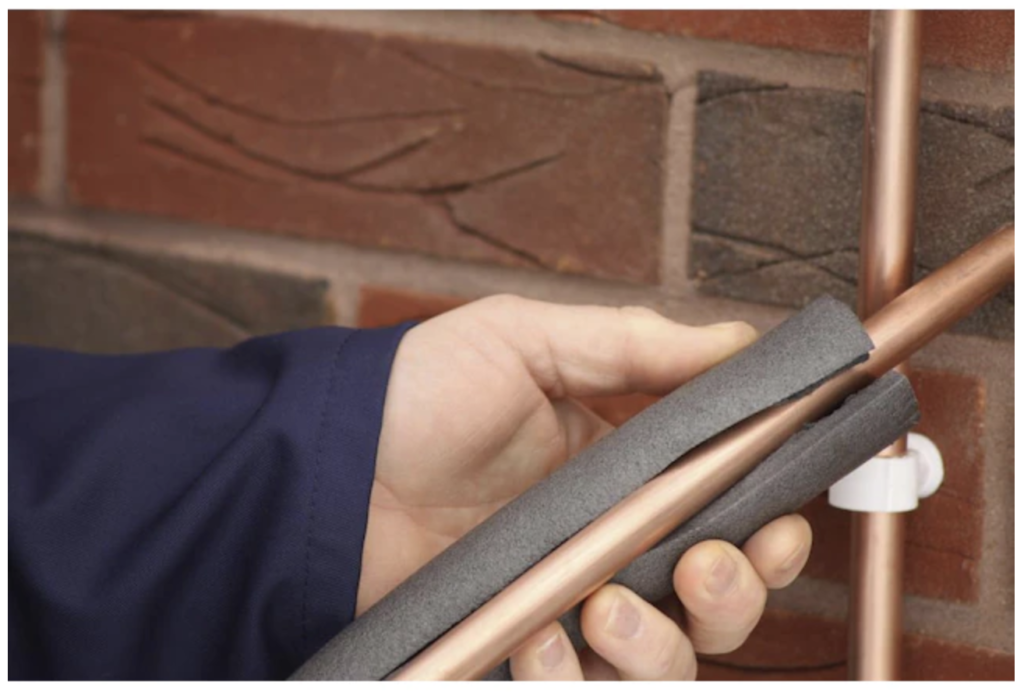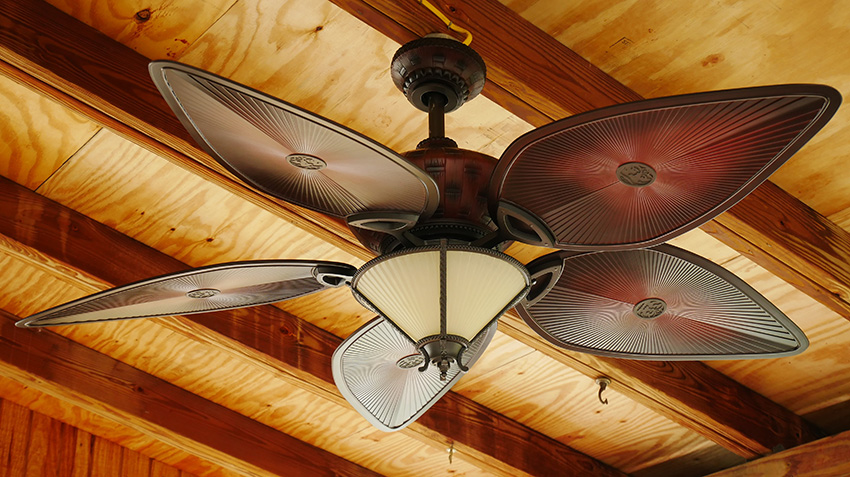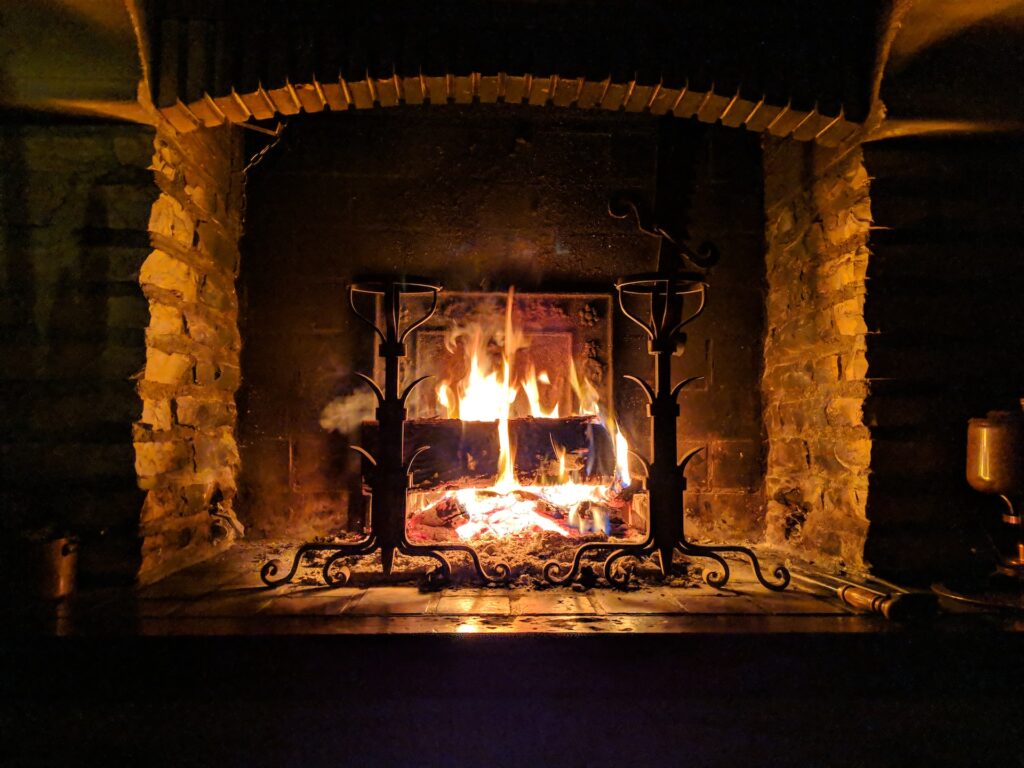
Peter Young Home Inspections is open for business to take care of all your home inspection needs.
If you suspect your home was damaged in the recent hurricane, we are offering limited storm damage inspections, such as:
• Roof • Exterior • Basement • Attic • Crawlspace
Please call Peter Young at 828-808-4980 for pricing.
For regular home inspections, please see our contact information below to arrange an appointment.
Winterize your home now to stay cozy

Photo by Sander Weeteling on Unsplash
Autumn has passed its prime. Dazzling gold and red are giving way to brown, and the trees are laying down their crunchy, leafy carpets everywhere. As the crisp autumn air becomes cooler, it’s time to prepare your home for the upcoming winter months.
A well-winterized home not only ensures comfort but also helps you save on energy costs. By taking the necessary steps to winterize your home, you can enjoy a warm and cozy winter season. Let’s take a look.
The great outdoors

Insulate pipes: One of the most crucial steps in winterizing your home is to protect your plumbing system from freezing temperatures. Insulate exposed pipes, particularly those located in unheated areas like basements, attics, and crawl spaces. Use pipe insulation foam or heat tape to wrap pipes effectively.
Drain outdoor faucets: To prevent freezing and potential pipe bursts, turn off the water supply to outdoor faucets and drain them completely. You can also attach a frost-proof faucet cover to provide additional protection. If you don’t have a shut-off for outdoor faucets, protect them with an insulating cover that is available at most home supply stores. Polar Cap is an effective and inexpensive option.
Clean gutters and downspouts: Clogged gutters can lead to ice dams, which can cause significant damage to your roof and home’s interior. Remove leaves, twigs, and other debris from gutters and downspouts to ensure proper water drainage.
Trim trees and shrubs: Overhanging branches can damage your roof and power lines during heavy snowfall or strong winds. Keep trees and shrubs away from your roof line.
Inspect your roof: A well-maintained roof is essential for keeping your home warm and dry. Inspect your roof for missing or damaged shingles, and repair any issues promptly. Consider hiring a professional inspector for a thorough assessment.
Indoor preparations

Check your heating system: Schedule a professional inspection and tune-up of your heating system to ensure it’s working efficiently.
Change the air filter regularly to improve airflow and reduce energy consumption.
If you have a fireplace or woodburning stove, clean the chimney and flue to prevent carbon monoxide buildup.
Cleaning your fireplace and chimney is essential to remove creosote buildup and prevent chimney fires. Stock up on firewood and ensure your fireplace is in good working condition.
Seal air leaks: Drafts can significantly impact your home’s energy efficiency and comfort. Seal any gaps or cracks around windows, doors, and other openings to prevent cold air from entering your home. Use weatherstripping, caulk, or insulation foam to seal these areas effectively.
Insulate your attic: Proper attic insulation is crucial for maintaining a comfortable indoor temperature. Ensure your attic is adequately insulated to minimize heat loss. If necessary, add additional insulation to improve energy efficiency. Click here for an Energy Star article on attic insulation.
Reverse ceiling fans: During the winter months, reverse the direction of your ceiling fans to clockwise rotation. This will push warm air downward, creating a more efficient heating system.
Additional steps for winter comfort

Wait! There’s more.
Take these additional steps to stay warm and cozy during those cold winter months.
Your preparation will pay dividends in both comfort and in lower energy bills.
- Install Storm Windows or Weatherstripping: Storm windows can significantly improve your home’s energy efficiency. If you don’t have storm windows, apply weatherstripping to seal gaps around your existing windows. Here’s a guide to weatherstripping from This Old House.
- Use Thermal Curtains: Thermal curtains can help insulate your home by reducing heat loss through windows.
- Lower Your Thermostat: Lowering your thermostat by a few degrees can save energy and reduce heating costs.
- Use a Programmable Thermostat: A programmable thermostat allows you to set specific temperatures for different times of the day, optimizing energy usage.
- Keep Your Home Humidified: Dry air can irritate your skin and respiratory system. Use a humidifier to add moisture to the air and improve indoor comfort.
By following these tips, you can ensure your home is ready to withstand the winter weather and stay warm, cozy, and energy-efficient all season long!
Buying or selling a home in Western North Carolina?
Avoid unpleasant surprises! Contact Asheville Home Inspector Peter Young before signing any contracts. Call (828) 808-4980, or click here to make an appointment.